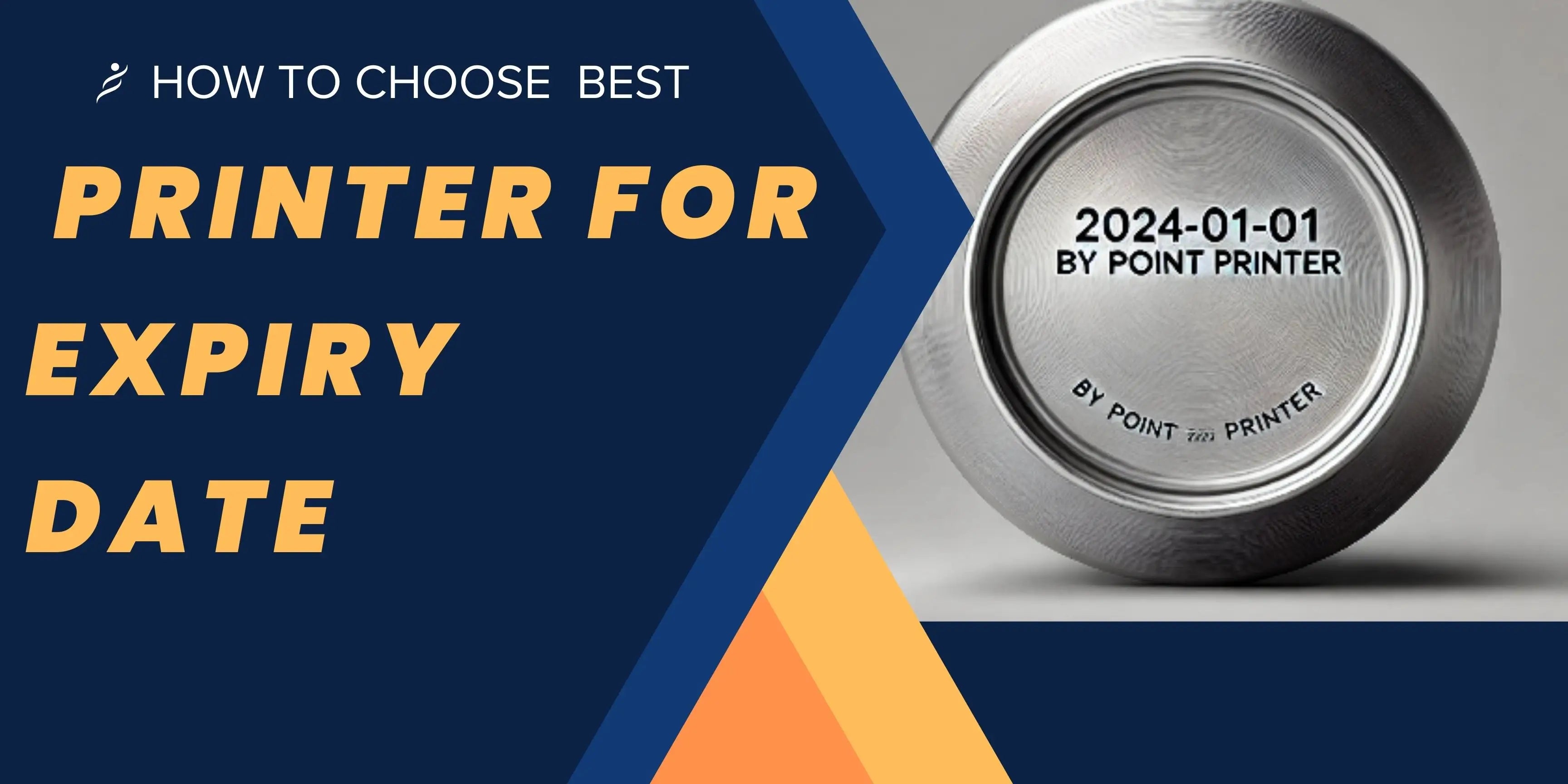How to Choose the Right Ink Cartridge for a Handheld Printer?
Some customers have reported that white ink cartridges for handheld inkjet printers are prone to nozzle clogging, while black ink cartridges rarely experience this issue. To address this concern, we’ll provide a professional guide to understanding the principles of pigment-based and dye-based ink cartridges and the precautions to take during use.
What is a Pigment-Based TIJ Ink?
Pigment-based ink uses solid particles (pigments) as colorants. These particles are suspended in the ink, which gives pigment-based ink its exceptional durability and resistance to fading.
Feature of Pigment-Based TIJ Ink
• Superior Fade Resistance: Pigment particles are less affected by UV rays, maintaining vivid colors even with prolonged exposure to sunlight.
• Excellent Water Resistance: Ideal for applications in humid environments or where water resistance is crucial.
• Strong Adhesion: Adheres well to non-porous surfaces such as plastic, metal, and glass.
• Stable Print Quality: Produces clear and sharp output, making it suitable for high-resolution printing.
• Higher Cost: The complex manufacturing process makes pigment-based ink more expensive.
• Prone to Clogging: Requires meticulous nozzle maintenance during use.
• Limited Color Options: Typically available in white for handheld inkjet printers, while black, red, green, yellow, and blue options are generally dye-based.
What is Dye-Based TIJ Ink?
Dye-based ink uses colorants dissolved in liquid, enabling vibrant color reproduction and smooth printing performance.
Feature of Dye-Based TIJ Ink:
• Bright and Vibrant Colors: Delivers vivid prints with superior visual appeal.
• Smooth Printing: The fully dissolved dye ensures tiny particles that are less likely to clog nozzles.
• Cost-Effective: Lower production costs make dye-based ink more affordable.
• Wider Color Selection: Offers a greater variety of colors compared to pigment-based ink.
• Less Durable: Dye molecules are susceptible to fading from light and moisture.
• Weaker Adhesion: Performs less effectively on materials like metal and glass compared to pigment-based ink, though it is often sufficient.
• Rich Color Variety: Available in colors like black, red, green, yellow, and blue.
How to Choose the Right Ink for Your Handheld Printer?
When selecting an ink type, consider your printing needs and the materials you’ll be using:
Need High Durability? Opt for Pigment-Based Ink. If your printing involves non-porous materials (e.g., plastic or metal) or requires long-lasting markings in harsh environments, pigment-based ink is the best choice.
Looking for Vibrant Colors or Cost-Effectiveness?Choose Dye-Based Ink.For short-term labels or receipts, dye-based ink offers bright colors and reduced costs.
Our Recommendation
For first-time users of handheld inkjet printers, we strongly recommend starting with dye-based ink. It’s less prone to clogging, making maintenance simpler. We’ve had cases where customers used white pigment-based ink without proper care, resulting in all 10 white ink cartridges becoming clogged—a costly and time-consuming issue to resolve. Once you’re more familiar with using your handheld printer, you can decide whether pigment-based ink suits your needs.





Leave a comment
This site is protected by hCaptcha and the hCaptcha Privacy Policy and Terms of Service apply.